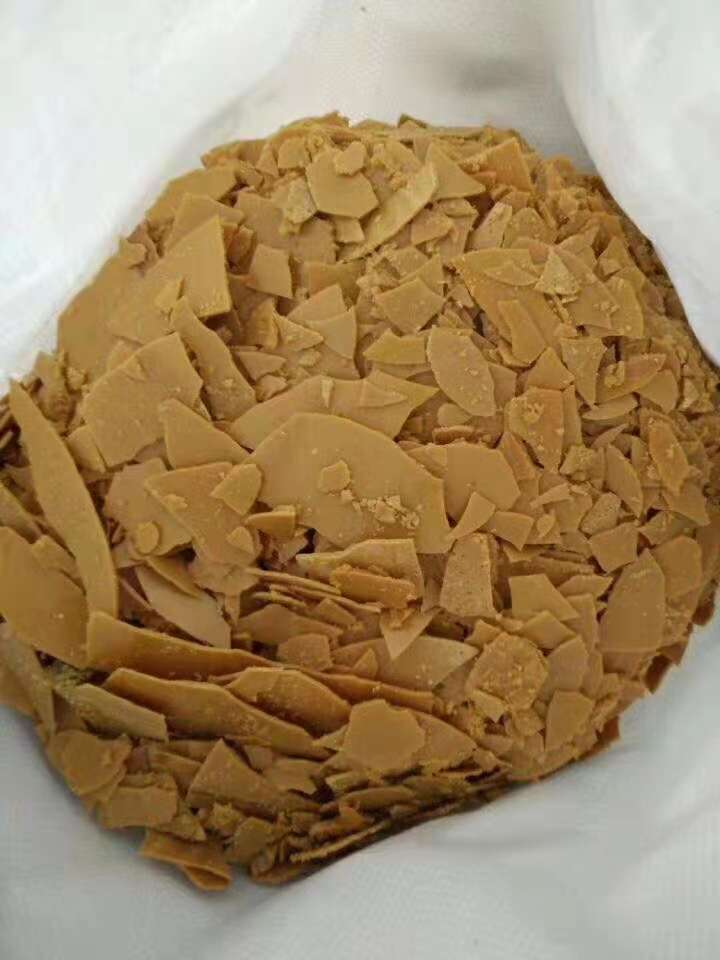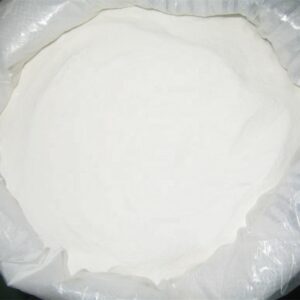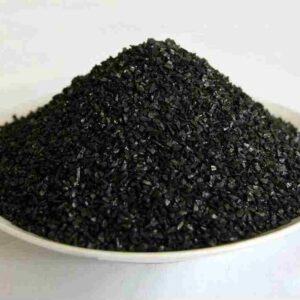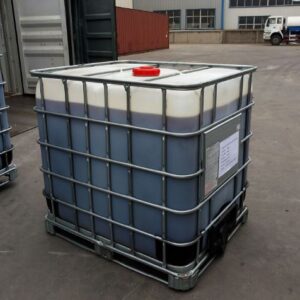Description
Chemical Specifications
| Property | Value |
|---|---|
| Product Name | Sodium Hydrosulfide 70% |
| Chemical Formula | NaHS |
| CAS Number | 16721-80-5 |
| Appearance | Yellow to colorless liquid |
| Concentration | 70% ± 1% |
| Molecular Weight | 56.06 g/mol |
| pH (1% solution) | ~11.5 |
| Solubility | Highly soluble in water |
| Odor | Rotten egg (hydrogen sulfide-like) |
| Boiling Point | > 100°C (aqueous solution) |
| Packaging | IBC tanks, drums, or tank trucks |
| UN Number | UN 2922 (Corrosive liquid, toxic, N.O.S.) |
| Hazard Class | Class 8 (Corrosive), Class 6.1 (Toxic) |
Applications of Sodium Hydrosulfide 70%
🪙 1. Mining Industry
NaHS 70% is extensively used in the flotation of copper, molybdenum, and other base metals. It acts as a depressant for iron sulfides, improving the selectivity and recovery of valuable ores. It’s especially effective in sulfide mineral flotation operations.
📄 2. Pulp and Paper Industry
In the Kraft process for paper manufacturing, Sodium Hydrosulfide is used to recover and process pulping chemicals. It plays a key role in breaking down lignin, a complex polymer in wood, facilitating the extraction of cellulose fibers.
🧪 3. Leather and Tanning Industry
NaHS 70% is used to remove hair from hides during the leather tanning process. It effectively breaks the keratin bonds in animal hides, making it easier to process raw leather.
🧼 4. Chemical Synthesis
Sodium Hydrosulfide is used in the production of:
-
Sulfur-based organic compounds
-
Dyes and intermediates
-
Rubber chemicals
Handling and Safety Precautions
Sodium Hydrosulfide is highly corrosive and emits toxic hydrogen sulfide (H₂S) gas when exposed to acids. It should be handled with extreme care:
-
Use personal protective equipment (PPE) including gloves, goggles, and chemical-resistant clothing
-
Work in well-ventilated areas or under fume hoods
-
Avoid contact with acids to prevent release of toxic gas
Emergency protocols should be in place in case of spills, and storage should be in sealed, corrosion-resistant containers away from incompatible substances.
Environmental Considerations
While useful industrially, NaHS 70% poses environmental risks if not handled responsibly. It is essential to:
-
Neutralize waste streams before disposal
-
Use closed-loop systems when applicable
-
Monitor emissions of H₂S to comply with local and international environmental regulations
Conclusion
Sodium Hydrosulfide 70% (NaHS 70) is a multi-purpose chemical essential in sectors ranging from mining and metallurgy to pulp processing and chemical manufacturing. Its versatility, effectiveness, and industrial value make it a staple in many operations. However, its hazardous nature demands strict safety measures and environmental stewardship.
For companies looking to improve operational efficiency in mineral processing, paper manufacturing, or leather treatment, NaHS 70% offers proven reliability and performance.








